Our Structure-Driven Platform
A Unique and Enabling Structure-Function-Based Discovery Paradigm
Biology uses different binding events and post-translational modifications to induce conformational changes in proteins that regulate activity and impact how they interact with other biomolecules. BlueLight has developed a unique structure-function-based approach that leverages our proven Second Harmonic Generation (SHG) technology for sensitive and dynamic measurement of conformational changes in biomolecules. Our high-throughput, real-time platform bridges target-based and phenotypic screening methods to discover progressable chemical matter missed by traditional strategies. We utilize our platform to develop small molecule therapeutics that regulate the conformation of challenging drug targets to induce the desired functional outcome that provides clinically meaningful benefit.
How Our Technology Works
BlueLight’s technology is based on an optical phenomenon called Second Harmonic Generation (SHG). A protein or other biomolecule is labeled with a proprietary dye and tethered to our lipid bilayer surface. Our dye generates second harmonic light upon stimulation by a femtosecond laser. The intensity of the signal is highly sensitive to the average angular orientation of the dye, enabling measurement of the magnitude and direction of structural changes. Even sub-Ångström shifts cause a detectable signal change. Since the SHG signal is mass independent, our platform is amenable to biomolecules of varying molecular weight, from RNA to large protein complexes, and ligands ranging from small fragments to proteins. Conformational signatures can be determined based on the direction and magnitude of the SHG response. Since many conformational changes affect protein function, conformational signatures can classify and distinguish interactions based on both structural change and functional consequence.

